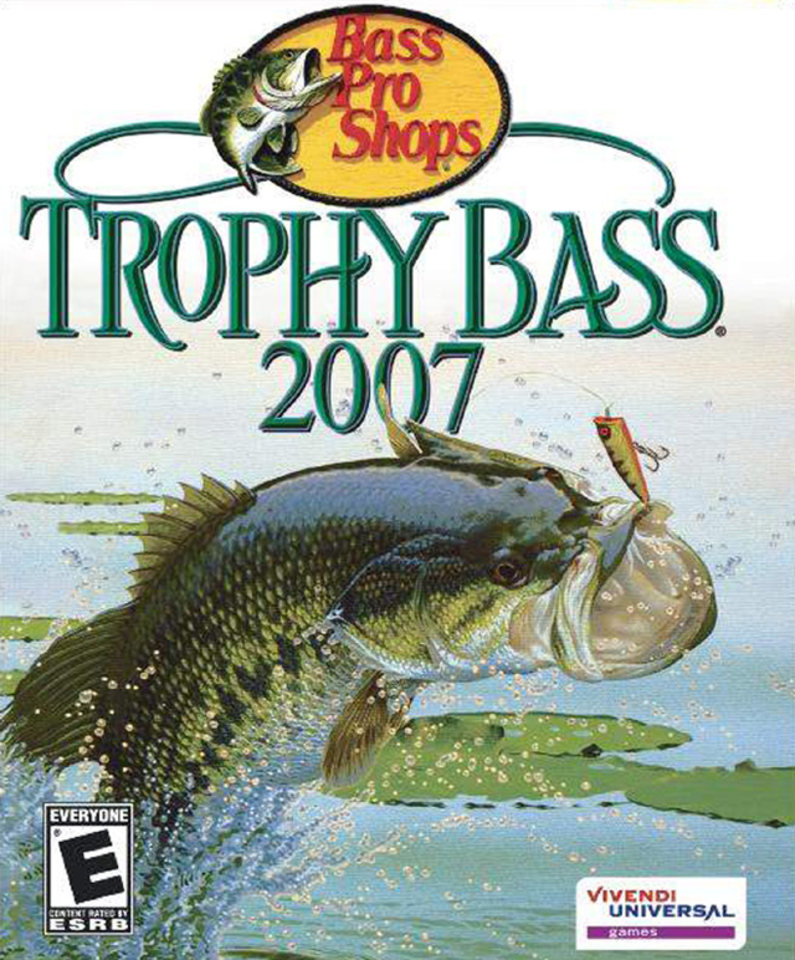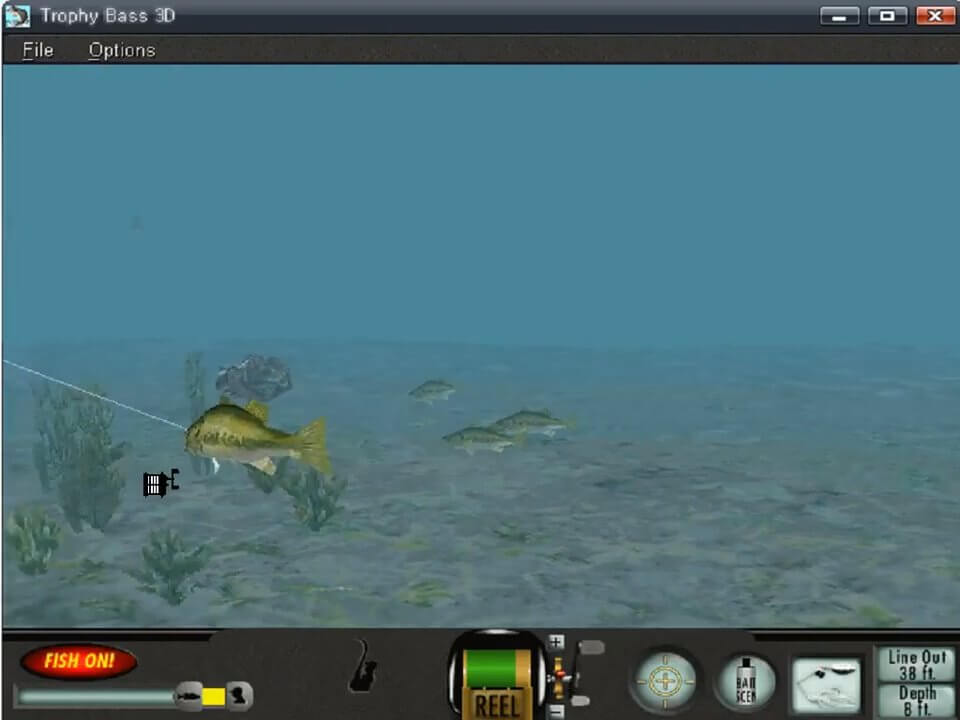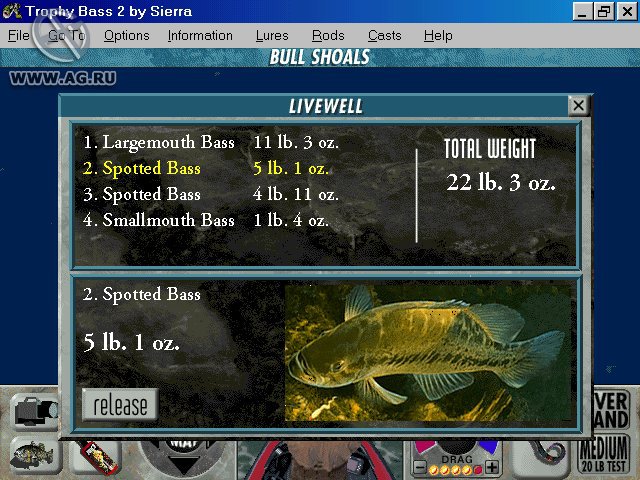

Veteran pro Greg Hackney told, “If you want me to get technical about it, I’ve caught more giant bass-eight pounds or better-in the late afternoon during the summer when the water was 90 degrees or better, and I catch a ton of my bass in the middle of the day.” On many reservoirs used for power generation, bass bite when the current starts flowing. It might be a solar-lunar influence, or it might be a tidal stage. Gerry Bethgeįish may be less guarded during low-light hours, but as indicated above there are many factors that open up bite windows. Myth 10: Big fish don’t bite in the middle of the day Although early morning and evening are prime time for fishing, it’s not a bad idea to fish in the late morning or afternoon. Just because it’s cold doesn’t mean that bass don’t need to feed. Myth 8: Trophy bass (especially strains from Florida) don’t feed during a cold front. On waters with grass, shallow cover, and a continuous presence of baitfish, there may also be a population of resident bass that never leave, even if another opportunity presents itself. Several other spawns, including bluegills and shad, happen after the bass spawn, and they provide easy opportunities to feed. There are also many other reasons for bass to stay shallow, especially after their fry have hatched.

On some waters, like many tidal rivers, most prime habitat is shallow, and the constant flow keeps the water oxygenated. Life is easy there and food is plentiful.

On many lakes, that means offshore structure, usually in deep water, like shell beds, sections of the river channel, shoals, or humps. Once the spawn is over, bass recover and then move to their summer haunts. Myth 7: Big bass stay in deep water during the summer. With the exception of these two, big bass can be a lot smarter than you think. Myth 3: Bass can’t learn because their brains are too small. Furthermore, Combs said that while bass may change their baitfish preference with age, they eat prey like crawfish at any size. Put something in their face, make it easy to chomp, and there’s no reason for them not to eat it.

It seems that nearly once a year someone catches a double-digit while crappie fishing with a 1/16 or 1/8 ounce jig on trophy factory, Lake Fork, and that’s not necessarily accidental. While big bass want a lot of bang for their buck when it comes to feeding time, they still won’t pass up an easy meal. There’s a lure in here somewhere that’s going to work. Myth 2: It takes a big bait to catch a big bass. That often occurs when they reach the 5- to 7-pound range when they switch from shad to bluegills, tilapia, crappie, barfish, or even from threadfin to larger gizzard shad. Nevertheless, says Texas pro, Keith Combs (who’s seen over 70 double-digit fish come over the side of his boat in the course of his guiding and pro fishing career), at a certain point they change their focus.


 0 kommentar(er)
0 kommentar(er)
